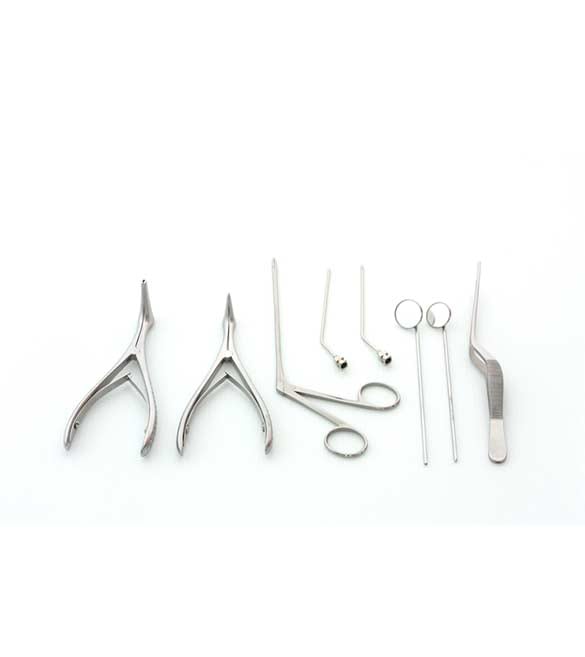
Your nose is divided by a bone and cartilage structure called a nasal septum.
If the nasal septum is off-center one way or another, it’s referred to as a deviated septum. It’s estimated that around 80 percent of the population may actually have a misaligned nasal septum without even knowing it because they’re not experiencing any related difficulties.
If an imbalance within your nose contributes to respiratory issues, you may be referred to an ear, nose, and throat specialist for further evaluation and a discussion of treatment options.
What Causes a Deviated Septum
A deviated septum is either congenital (present at birth) or it’s the result of an injury. In some cases, the aging process affects the structure of the nose and causes an existing deviated septum to become worse enough to start causing problems with breathing.
How Can You Tell If You Have a Misaligned Nasal Septum?
You may not have any symptoms at all with a deviated septum. With instances like this, treatment is only necessary if you start experiencing difficulties because of the abnormality. If you have any noticeable discomfort because of a misaligned nasal septum, you might feel like one nostril is constantly blocked. Some people have noisy breathing, or they suddenly become a mouth breather to compensate for the blockage. Signs and symptoms may also include:
- Nosebleeds without a clear cause
- General facial pain
- Sudden preference for sleeping on one side so you can maintain optimal breathing patterns
- Awareness of your nose’s normal “cycle” as the feeling of an obstruction shifts from one nostril to the other one


How Is a Deviated Septum Diagnosed?
During an initial exam, you’ll be asked to describe your symptoms. If a deviated septum is suspected, an ear, nose, and throat doctor may use a device called a nasal speculum to spread the nostrils to get a better look at the extent of the misalignment. Sometimes, a thin, lighted tube (nasal endoscope) is used to view nasal tissue and structures in greater detail.
Non-Surgical Treatment Options
If symptoms related to a deviated septum are mild or not causing potentially life-threatening breathing issues, conservative (non-surgical) treatments may be recommended. Decongestants may help ease nasal tissue swelling. Antihistamines may minimize allergy symptoms that sometimes make issues with an abnormal nasal septum worse. Nasal steroid sprays could also be prescribed to manage inflammation.
Types of Surgery
A deviated septum is corrected surgically with septoplasty. During procedures of this nature, the abnormal nasal septum is re-positioned so that’s in the correct center position of your nose to allow for unobstructed airflow in both nostrils. Depending on the extent of the misalignment, rhinoplasty may also be done at the same time to restore the physical appearance of the nose after the septum is re-positioned.
A deviated septum isn’t always preventable, especially if it’s an abnormality present it at birth. It’s also possible to have an existing misalignment with no problems at all until experiencing some type of trauma later in life. What you can do is be proactive about preventing facial injuries by wearing a helmet that covers your mid-face area when playing contact sports, biking, or riding a motorcycle, as well as driving responsibly and using a seat belt correctly.


